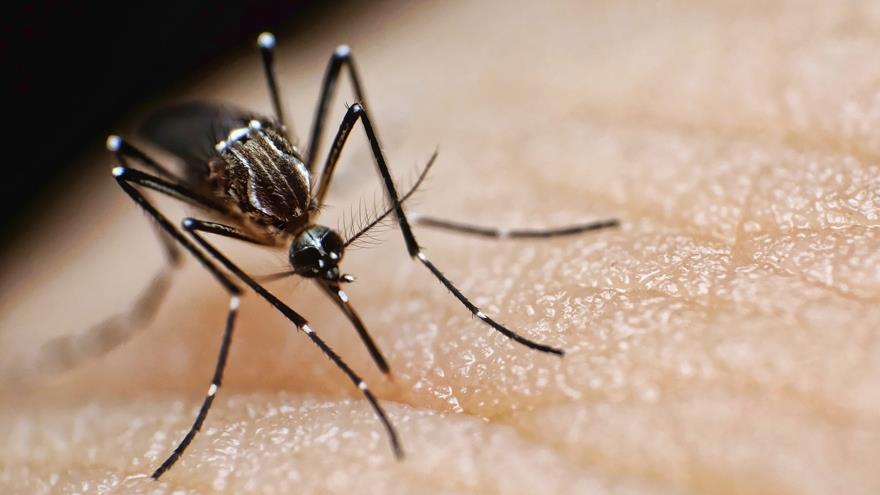Learning from the 'Grossness' of Animals
 By Frank Otto
By Frank Otto
From somewhere in the room, a loud belch erupted. Not long after, there was the staccato burst of a fart.
Standing outside an interactive exhibit that explains the difference in animal droppings, Jennifer Sontchi smiled.
“What we know about nature is that it’s fun, it’s interesting, it’s disgusting and it’s amazing and beautiful. It’s all of those things at once, at the same time,” said Sontchi, the Academy of Natural Sciences of Drexel University’s senior director of exhibits and public spaces.
Last month, the Academy opened Animal Grossology, a traveling exhibit that highlights the yucky side of the animal kingdom and will run through the summer. That includes parasites like leeches and ticks, why cows chew their cud, and what creature on Earth is the slimiest.
An exhibit in #Grossology on... Let's say animal leavings pic.twitter.com/IDc0iRJPGb
— DrexelNow (@DrexelNow) May 14, 2015
“It does a really wonderful job of touching the things about animals that you’re really not allowed to talk about at the dinner table,” said Sontchi. “But it really connects kids and families to the natural world in a really fun way.”
Animal Grossology stems from a popular children’s book of the same name, written by Sylvia Branzei and illustrated by Jack Keely. The exhibit features animatronics that include a cow with a Rube Goldberg-style machine in its stomach displaying how its digestion works and a flea explaining how parasites suck blood.
“I think it’s wonderful. It’s so colorful and bright,” said Susan Mierzejewski, who brought her three kids to the exhibit. “It’s a good balance between the gross topics and good information.”
A big belching cow in #Grossology displaying how its digestion works pic.twitter.com/NRohBkgZs4
— DrexelNow (@DrexelNow) May 14, 2015
Mierzejewski’s children played an interactive quiz in which they had to guess the blood of each animal they were presented with; lobsters have blue blood but an elephant’s is red, for example.
Barbara Spalding’s five-year-old, Victoria, especially liked an exhibit on dogs’ sense of smell (and why they like sniffing each others’ rear ends so much). It featured four different scents to sniff and guess at.
“Well, I really liked the cherry smell,” she said. “I don’t like the other three.”
Here’s one of those “other three” smells: a skunk’s spray.
Barbara is an entrepreneur who runs Homeroom at Home, an educational resource for parents, grandparents and caregivers.
“Naturally, we love museums,” she said. “This exhibit is something fun, cool and educational. I have an 18-year-old and a five-year-old. It’s not always easy to find something that interests both of them, but this does it.”
Sontchi emphasized that the exhibit is designed for not just children, but for families to enjoy together.
Another #Grossology exhibit showing how a make frog belches out its babies pic.twitter.com/g6p09AHaHT
— DrexelNow (@DrexelNow) May 14, 2015
Kids ran from exhibit to exhibit, competing in a game simulating how male frogs carry their young in their mouth from pond to pond, or putting their hands inside mystery boxes to feel secret items like simulated shark skin and jellyfish.
“There’s nothing here that doesn’t have an educational story, a story that connects to nature,” Sontchi said. “But everything here is gross and funny. It makes them laugh. And laughing is a part of learning.”
Keeping that in mind, let’s be honest — it can be a little hard not to laugh at a fart.
In This Article
Drexel News is produced by
University Marketing and Communications.
